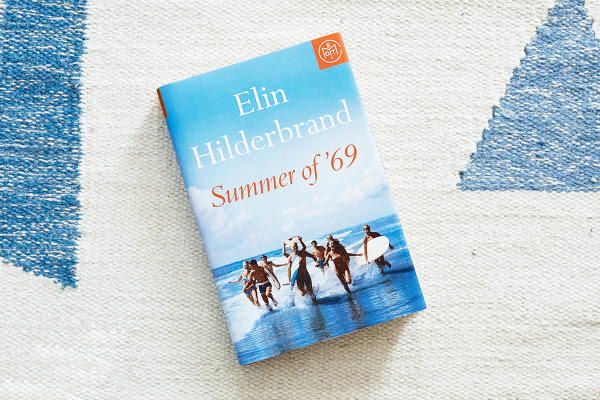

Following the death of her mother when she was six, Sophia’s “core family” was made up of her father, her grandmother, her aunt Tove, and Tove’s partner, the artist Tuulikki Pietilä. The Janssons were adventurers, discovering the uninhabited islands on which they would go on to spend every summer and campaigning in Sweden for girls to be allowed to camp outdoors. Sophia Jansson, the late author’s niece and the inspiration for the granddaughter character in the novel, tells me over Zoom that she never realised her family wasn’t “normal” growing up (“whatever normal is”). Tove’s poking fun at what people might think is normality It’s a notably open-minded book, which is perhaps reflective of the open-minded life that Jansson and her family lived. Jansson never is.” Instead, she uses this intergenerational relationship to highlight the importance of respect: for one another, for differing opinions and for the planet. As Smith puts it: “It would be easy to be sentimental here. The slim volume tells the story of a grandmother and granddaughter exploring, arguing and playing together during a summer on the island. It also feels, as we navigate the climate crisis and generational culture wars, highly relevant.


It’s not hard to see why it is so loved: the novel is, as the author Ali Smith wrote at the time of its reissue, “a masterpiece of microcosm, a perfection of the small, quiet read”.

The Summer Book, which celebrates its 50th anniversary this year, now has a sizeable British fanbase, largely thanks to the independent press Sort Of Books reissuing the title in 2003. This kind of deep respect for nature is characteristic of Jansson’s writing, from the Moomin books, which focus on a family of trolls who live in harmony with their surroundings, to The Summer Book and the nine other novels and short-story collections she wrote for adults. 50th anniversary edition of The Summer Book by Tove Jansson.


 0 kommentar(er)
0 kommentar(er)
